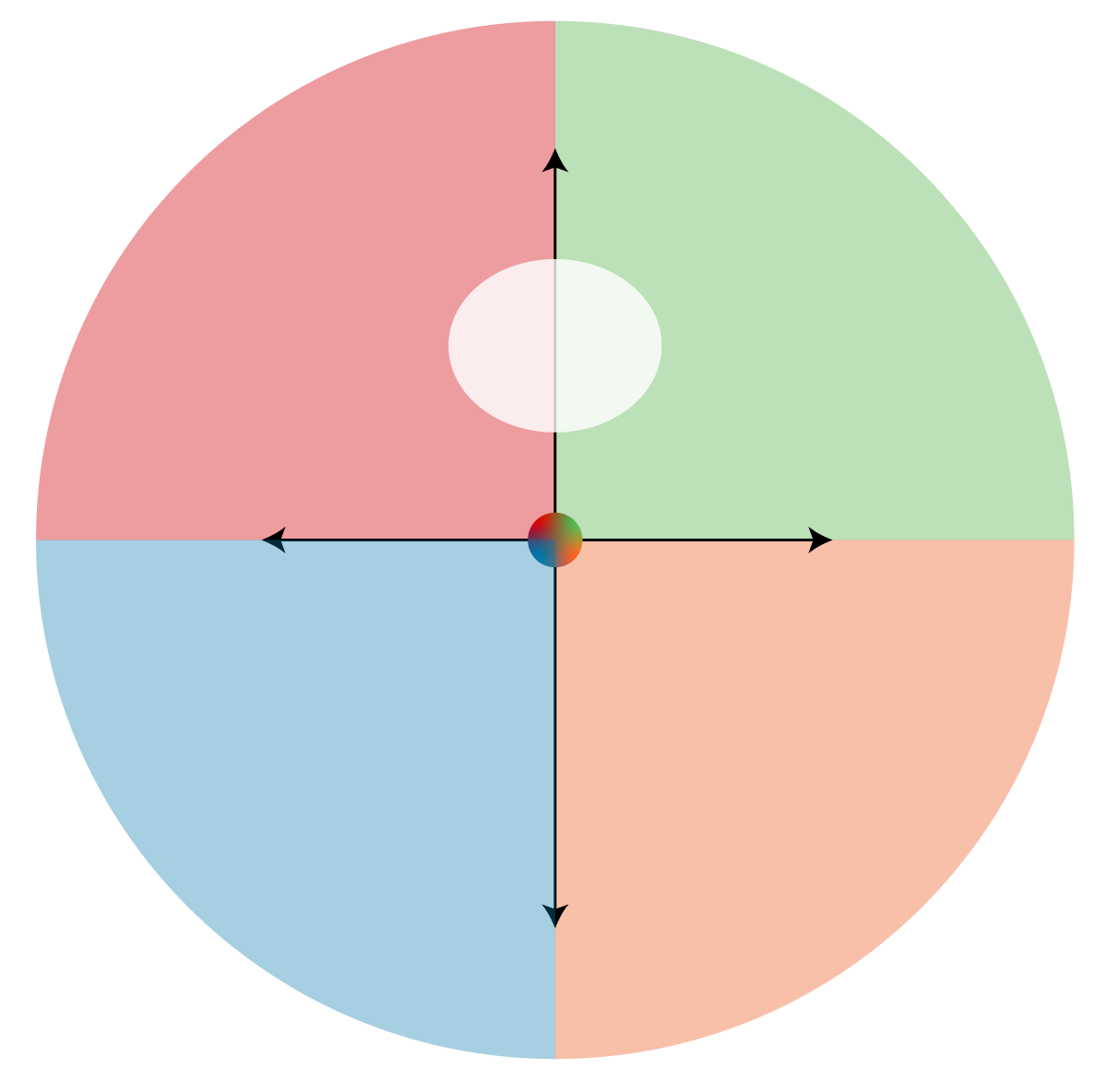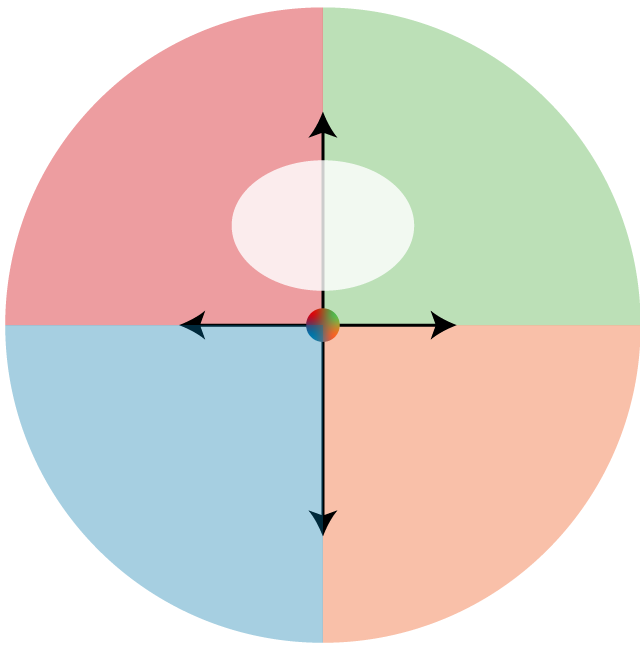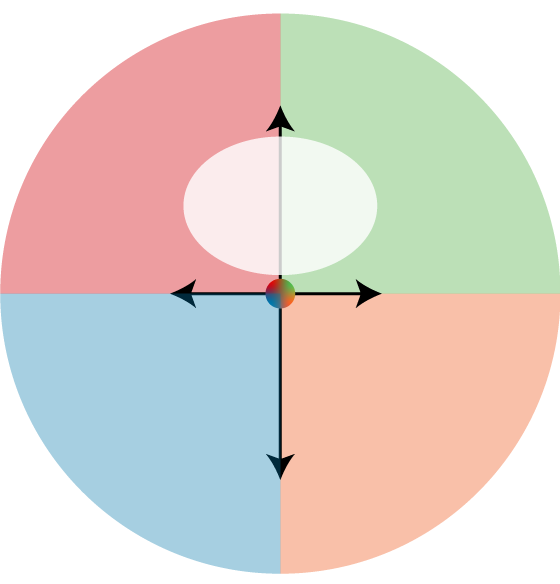Four perspectives on the blackout


We are symbolic beings and we need objects on which to project the stories that give meaning to what we experience. That the battery-powered radio has become the symbol of resistance during Monday's blackout is a poetic blow that brings together all the debates about sovereignty, resilience, and interdependence. The mandatory strike is a fabulous reminder that energy infrastructure is also the foundation of digital and communication systems. Therefore, the dual transition—green and digital—must necessarily converge into a single one. However, the solutions for how to achieve this can follow multiple paths.
Through the eyes of a sociologist, I use what we call "ideal types" to draw different social responses to the blackout. These are simplistic portraits, but they allow us to consider the same event from different angles. We will do this exercise by comparing scope and prosocial orientation. On the horizontal axis, we locate scope and identify the scale at which the perspective operates (ranging from the more individual or micro to the more systemic or macro perspective). On the vertical axis, we identify attitudes, which range from the most constructive positions to the most oppositional.
Let's start with the resistant nostalgia, which brings out a certain pride in recovering the battery-powered radio, candles, and the warmth of being together without screens. It's based on the value of analog as sovereign resistance without questioning the energy or technological model. We continue with the distrustful reaction, who sees the blackout as proof of the existence of de facto powers with hidden agendas. The disconnection creates a need for a simple, defensive narrative that identifies countries and leaders as external enemies. It's somewhat reminiscent of what we saw during the COVID pandemic and vaccine denialism. These first two types overlap in pessimism and opposition, but nostalgia addresses it from an individual perspective, and distrust would be more structural.
We now move on to the positive views. The response of community resilience It is pragmatic and calls for local infrastructure, energy communities, and decentralized technological capacity. We saw this in the form of neighborhoods that organized to share information or activate support networks, and also in the energy cooperatives that have long been trying to respond to a monopolistic and centralized system. The last archetype would be the systemic transformation, who sees the blackout as an opportunity to open a profound debate, to propose a new social contract that resolves the networks of energy, consumption, and relationships that allow for the sustainment of life without compromising the planet's regenerative capacity. This perspective is at the more macro and constructive end, more theoretical but also more daring in displacing capitalism to put life at the center.
These perspectives aren't mutually exclusive, nor are they ordered. They coexist. How we activate the best in each will depend on our ability to create spaces to build, rethink, and say goodbye to the lives of today that distance us from the lives of tomorrow.





